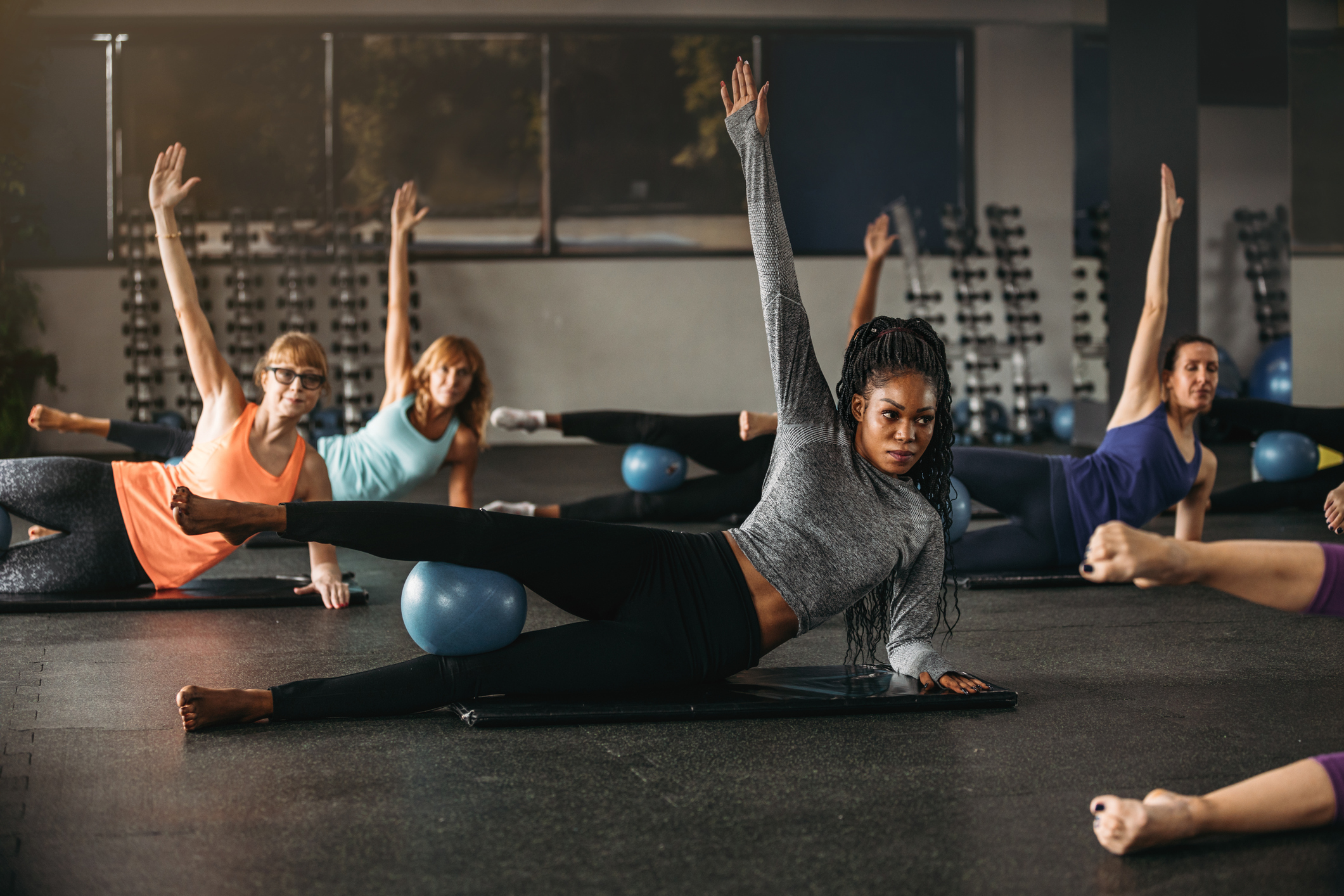Body
When I was starting out as a physical therapist, I worked often with dancers and other athletes. I felt kinship with them, having studied at the Houston Ballet and danced professionally with many companies in Chicago. The majority of these patients had reported pain at the hip, pelvis or spine; and the standard treatment for these active, performance-based patients focused on strengthening, mobilization, myofascial release and motor control.
However, there were some patients for whom standard treatment did not work: either they did not improve, or their pain lingered longer than expected.
Thankfully, at the time I was fortunate enough to have a great mentor, who challenged me with the question, “Have you assessed their pelvic floor?”
Fast forward five years, and I am now at Shirley Ryan AbilityLab treating primarily pelvic health patients. While strengthening of pelvic floor muscles is often emphasized in pre- and post-natal health, pelvic floor muscle dysfunction is often missed as the source of pain among dancers and athletes. But the health of pelvic floor muscles in active patients is crucial: these muscles work as part of your core muscles alongside the diaphragm, abdominals and spinal stabilizers. A healthy pelvic floor is able to both contract and relax, moving in tandem with the diaphragm as you breathe.
I find that dancers are at particular risk of pelvic floor muscle injuries. Many dance techniques promote poor biomechanics of the pelvic floor muscles. Gripping the eternal rotators of the hip, high-impact landing from jumps, constantly lifting lower abdominals “in and up,” and general overtraining contribute to a hypertonic, or overactive, pelvic floor. This means the muscles can refer pain to several places around the hip and hamstring.
People who report hip pain, high hamstring strain, a history of labral tears, and sacroiliac sensitivity and soreness should be screened for pelvic floor dysfunction. If the pelvic floor is contributing to the pain, it needs to be addressed within physical therapy treatments.
Quick Tips for a Healthy Pelvic Floor: Strengthen Your Hips
Body
The obturator internus is a pelvic floor muscle that externally rotates the hip and can often be “gripped” and difficult to release with stretching. Focus on creating balance at the hip musculature by strengthening internal rotators and working in parallel.
Use Your Breath Optimally
Body
Pelvic floor relaxation and contraction follow the natural cycle of inhalation and exhalation. As you inhale, the breath expands the diaphragm and lengthens pelvic floor muscles. As you exhale, there is a slight lift of pelvic floor muscles drawing up. Dancers typically remain stuck in the “in and up.”
Reset the Pelvic Floor
Body
After class or rehearsals, make sure to reset the pelvic floor and abdominal wall by allowing the breath to expand down into the lower abdomen. A practice such as yoga is great cross training, as it allows for extended periods of deep breathing with movement to reset pelvic floor muscle tone.
Remember, a tight muscle, whether abdominal or pelvic floor musculature, is not a strong muscle!
Exhale on the Effort
Body
During a dance class, when jumping, exhale on the effort. By allowing the natural contraction of pelvic floor that comes with the exhale, the muscles are able to better generate the force required for the movement.
About Kathleen Darley, PT, DPT
Body
At Shirley Ryan AbilityLab, Kathleen Darley specializes in treating musculoskeletal disorders, pelvic and Women’s Health. She studied at the Houston Ballet and danced professionally for numerous companies including the Joffrey Ballet, the Lyric Opera of Chicago, Ballet Memphis and Chicago Festival Ballet. Kathleen's passion for dance — and the science behind the art — inspired her to earn a bachelor's degree in kinesiology from the University of Illinois at Chicago and a doctorate in physical therapy from Northwestern University Feinberg School of Medicine. She also has certifications in yoga and Pilates.

